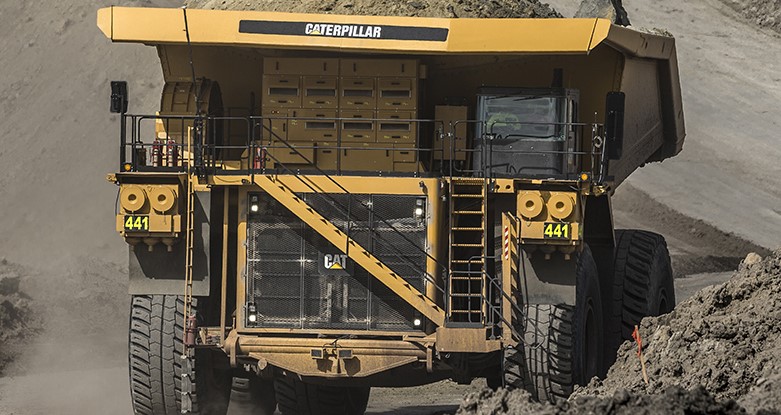 Saturday, October 5, 2024
Saturday, October 5, 2024  Saturday, October 5, 2024
Saturday, October 5, 2024 
Sustainable mining may seem like a contradiction, but more and more mining companies are looking at solutions and gaining traction in reducing their impact on the environment.
In 2020 the World Bank stated that in order to meet the Paris Agreement targets, ambitious climate action will require a large-scale transition to clean energy which will drive significant demand for minerals (“Minerals for Climate Action: The Mineral Intensity of the Clean Energy Transition.” The World Bank). This presented Canada with a significant opportunity to be a leading supplier of responsibly produced, minerals and metals to help the country transition to a low carbon economy.
There is no one size fits all solution for a climate plan, each company, region and country has unique needs and requirements depending on where they sit on the sustainability scale. One of the biggest misconceptions is that sustainability has to come at the expense of productivity. The reality is that innovations in equipment and technology can drive productivity, reduce costs AND decrease emissions.
The challenge for mining operations is to actively engage in finding solutions that can improve overall sustainability practices, especially as the Canadian government continues to tighten regulations, increase the carbon tax and impose new low-carbon fuel standards. With the introduction of Tier 4 engines, trucks manufactured today are much more fuel efficient than those from 20 years ago. Integrating Tier 4 equipment into your mining fleet is one of the easiest ways to comply with current emissions regulations, however, it’s not going to solve climate change on its own. The potential fuel savings and efficiency is only 2%, with no reduction in CO2 emissions. The development of EPA emission Tier standards did not reduce emissions, it only improved the Criteria Air Contaminants. A reduction in emissions means adding another system to the truck which still requires energy (fuel) to function.
Technological advances and sustainable practices provide an opportunity for mining operations to contribute to being part of the solution by reducing both emissions and their carbon footprint. Using premium equipment not only means greater fuel efficiency but many of these machines can also be rebuilt to their legacy tier emission standard or even a higher value. Rebuilding machines and components at end of life and bringing them back to like-new condition helps reduce overall waste and minimizes the need for raw materials to produce new parts. This keeps non-renewable resources, like equipment, in production for multiple lives, maximizing productivity and reducing equipment costs.
Keep reading this blog on Finning.com